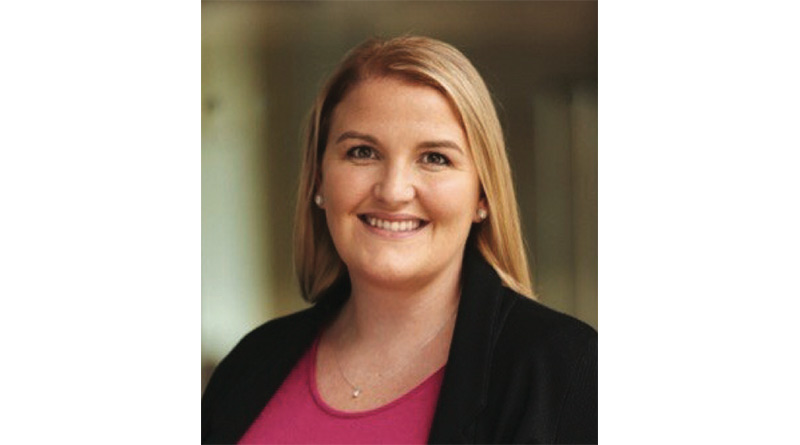Growing Out Of The Lockdown Legacy

By Carole Gilkes, Chief Customer Officer at K3 technologies (www.k3btg.com)
As we close the door on the Government’s Eat Out to Help Out scheme, it appears to have given the hospitality sector a much-needed rise in sales. But is it just a short term fix? As we look at how the sector can move forward, we need to look at what we have learned and implemented over the past few months, and how to ensure long term success.
We have seen automation increasingly drive the way people order food and socialise. Embedded digital offerings, like apps and other pre- paid options, allow customers to order food on their mobile devices and click-and-collect, adding to the personal comfort of customers, and reducing the duration of their visit, or proximity to other members of the public.
At the same time, the pandemic has forced an evolution in customer experience. One that is quicker, more efficient and effective than what has been before.The bar has now risen and those that fall by the tech- nology wayside will fail. Ignoring technology is no longer an option. Customers expect digital payments and delivery services for everything from pizzas and gourmet food to bottles of wine and groceries.
THE NEW WORLD OF EMBEDDED DIGITAL OFFERINGS
The concept of ‘embedded digital offerings’ has been gaining traction for several years with the growth of apps and other pre-paid options. Traditionally, this has meant meeting consumers within the moments and spaces when they are busy and in a rush such as during the morning commute or at an airport. However, embedded digital offerings that allow consumers to order remotely is now crucial to the customer experience regardless of the moment they are in.
Clever strategies for the implementation of embedded digital offerings means there needs to be no loss of customer service during the transi- tional phase.The period of closures and slowing trade due to COVID-19 in hindsight presented an excellent opportunity for the hospitality sector to transition to touchpoints that consumers needed during lockdown phases and forced the sudden realisation that a better customer experi- ence could be achieved.And now this has become a new expectation with customers.
Customers are looking for faster, smoother and more comfortable experiences when out and about – ideally with cashless transactions and no queuing.With embedded digital offerings such as collect on-site apps and pre-pay options, cafes and restaurants can now accommodate these needs while still delivering a first-class customer experience.
PICK-UP ONLY SITES
Starbucks set the pace for competitors during the pandemic. It bolstered existing digital access mobile payment systems, wireless charging stations and Instagram pages with “pick-up only” cafes.The mobile ordering app services 12 million customers and allows sites to focus their efforts on fulfilling orders, rather than taking them, alleviating time spent in queues. Customer satisfaction increased as turnaround times improved, while online payments alleviated the need to handle cash, another key factor in keeping customers safe.
Pick-up areas are designed to allow customers the opportunity to interact with staff in a friendly way.The Starbucks “perfect drink” guarantee still forms part of the company culture, as any mistakes can be rectified on site.This isn’t just a good example of how Starbucks accommodates the operating restrictions of the pandemic, it goes beyond that. Once we return to a semblance of normality, the elements of comfortable seating, great atmosphere, and after-sales service will only be enhanced by the ability to order in advance.This will leave more opportunities for relaxation and enjoyment for customers.
Starbucks revenue shows that consumers are receptive to this way of operating. In 2016, 38% of its earnings were garnered from prepaid cards – around $6 billion in the US.The enhanced cash flow has ensured an annual net cash benefit of $150 million from prepaid cards.
CHANGE FOR PROGRESS, NOT SURVIVAL
When implementing technology that improves the efficiency of the purchase experience, ensuring it can keep pace with changing expecta- tions must be a priority. Customers continually demand a faster, smoother and more comfortable ordering and paying experience, and while they will be patient as businesses work their way through the new normal, this won’t last forever.
Businesses can use this as an opportunity to explore entirely new models of operation, such as the pick-up only site. However, when doing so businesses must first establish how they are making lives easier for consumers, rather than adding layers of complexity.when this nightmare is behind us, customers will be able to experience a significantly improved hospitality environment, empowered by mobile ordering, cash- less transactions, and no queueing.
